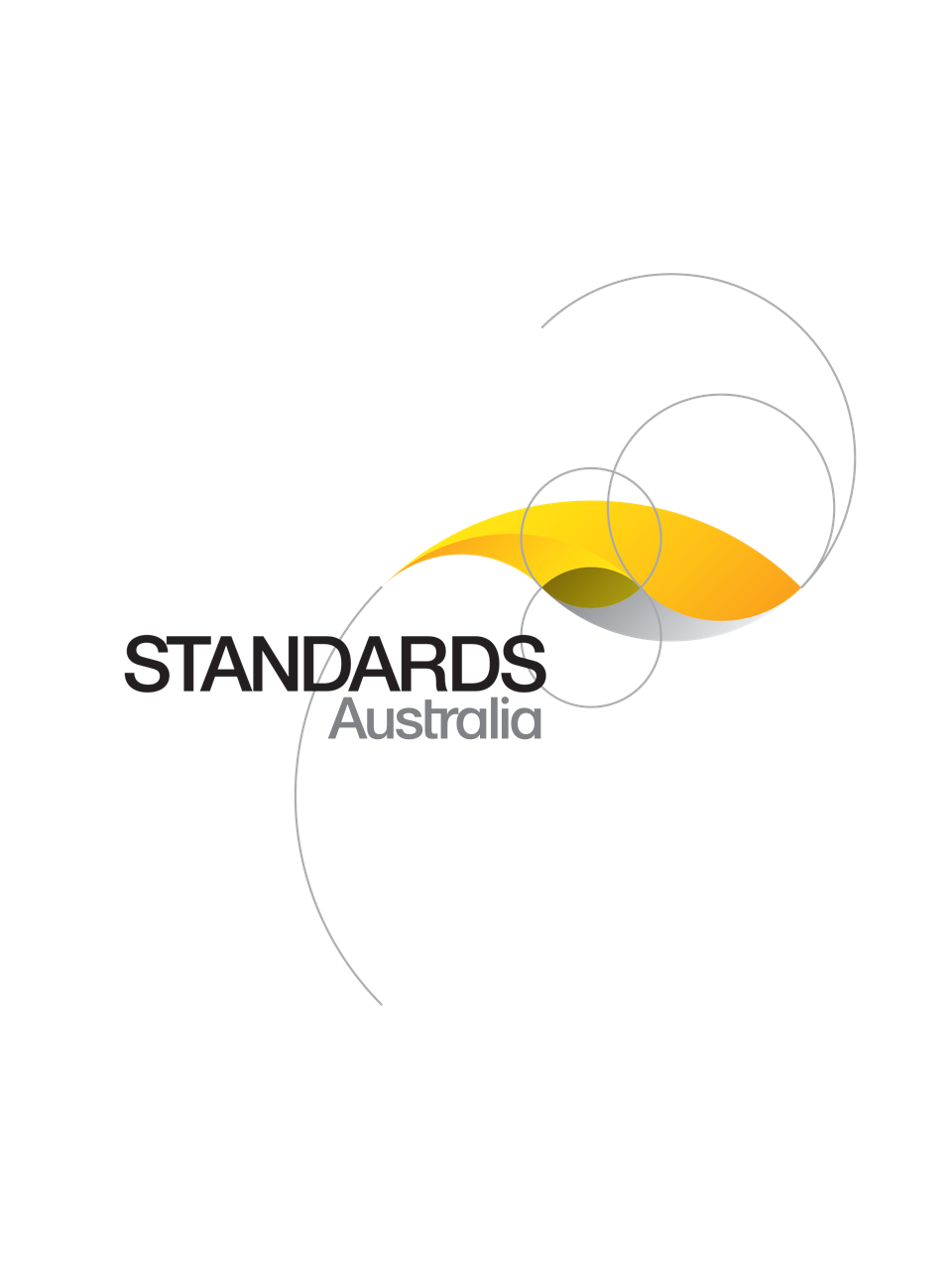Standard
Track updates
AS/NZS 1906.3:2017
[Current]Retroreflective materials and devices for road traffic control purposes, Part 3: Raised pavement markers (retroreflective and non-retroreflective)
Specifies performance requirements for permanent and temporary retroreflective and non-retroreflective raised pavement markers, which are to be affixed to the pavement surface for permanent and temporary delineation purposes.
Published: 26/06/2017
Pages: 41
Table of contents
Cited references
Content history
Table of contents
Header
About this publication
Preface
Foreword
1 Scope and general
1.1 Scope
1.2 Referenced documents
1.3 Definitions
2 Classification
2.1 General categories
2.2 Retroreflective class of markers
2.3 Types of markers
2.4 Additional classification
2.4.1 Abrasion resistance
2.4.2 Flexural strength
2.5 Marker designation
2.5.1 Colour—Category D and G markers
2.5.2 Classification marking
3 Performance requirements
3.1 General
3.1.1 Sampling and testing sequence
3.1.2 Conformance criteria and further testing
3.2 Construction
3.2.1 General
3.2.2 Dimensional requirements
3.2.3 Marker body chromaticity and luminance factor—Category D and G markers
3.3 Performance requirements
3.3.1 Retroreflective performance
3.3.1.1 Minimum coefficient of luminous intensity—Class A
3.3.1.2 Minimum coefficient of luminous intensity—Class B
3.3.1.3 Minimum coefficient of luminous intensity—Class C
3.3.1.4 Terminal values
3.3.2 Retroreflective colour—Category N and G markers
3.4 Physical requirements
3.4.1 Water resistance
3.4.2 Heat test
3.4.3 UV exposure test
3.4.4 Impact resistance—Category N and G markers
3.4.5 Resistance to lens cracking
3.4.6 Compressive strength
3.4.7 Additional requirements—All markers
3.4.8 Abrasion resistance (optional)
3.4.9 Longitudinal flexural strength (optional)
4 Temporary raised pavement markers
4.1 General
4.1.1 Description
4.1.2 Requirements
4.2 Construction
4.2.1 General
4.2.2 Temporary marker designations
4.3 Performance—TF and TL Markers
4.3.1 Retroreflective performance
4.3.2 Retroreflective colour
4.3.3 Temporary marker body colour
4.4 Physical requirements
4.4.1 General
4.4.2 Impact resistance—TF marker
4.4.3 Resistance to lens cracking—TF marker
5 Marking and packaging
Appendix A
A1 Scope
A2 Principle
A3 Methods
A4 Instrumentation
A5 Procedure and calculation
A5.1 General
A5.2 Test pieces
A5.3 One detector method
A5.4 Two detector method
A6 Report
Appendix B
B1 Scope
B2 Principle
B3 Test sample
B4 Procedure
B5 Report
Appendix C
C1 Scope
C2 Principle
C3 Retroreflective colour test method
C4 Procedure and calculation
C5 Test sample
C6 Procedure
C7 Report
C8 Marker body luminance factor method
C8.1 Apparatus
C8.1.1 General
C8.1.2 Spectrophotometer
C8.1.3 Colorimeter
C8.2 Test sample
C8.3 Procedure
C8.4 Report
Appendix D
D1 Scope
D2 Method
Appendix E
E1 Scope
E2 Apparatus and materials
E3 Test sample
E4 Procedure
E5 Report
Appendix F
F1 Scope
F2 Apparatus
F3 Test sample
F4 Procedure
F5 Report
Appendix G
G1 Scope
G2 Principle
G3 Apparatus
G4 Test sample
G5 Procedure
G6 Report
Appendix H
H1 Scope
H2 Application
H3 Apparatus
H4 Test sample
H5 Procedure
H6 Report
Appendix I
I1 Scope
I2 Apparatus
I3 Test sample
I4 Procedure
I5 Report
Cited references in this standard
CIE 63
The spectroradiometric measurement of light sources
CIE 179
Methods for characterizing tristimulus colorimeters for measuring the colour of light
ASTM D4280
Standard specification for extended life type, nonplowable, raised retroreflective pavement markers
[Current]
Uncertainty of measurement - Part 3: Guide to the expression of uncertainty in measurement (GUM:1995) - SUPPLEMENT 2: Extension to any number of output quantities
One-time Purchase
Access via web browser on any device
One-time purchase
Single publication
Offline access via PDF^
$177.61 AUD
Inclusive of GSTFormat *
Web Reader
Licenses *
1 License (for yourself - not shareable)
Total$177.61 AUD
IMPORTANT
